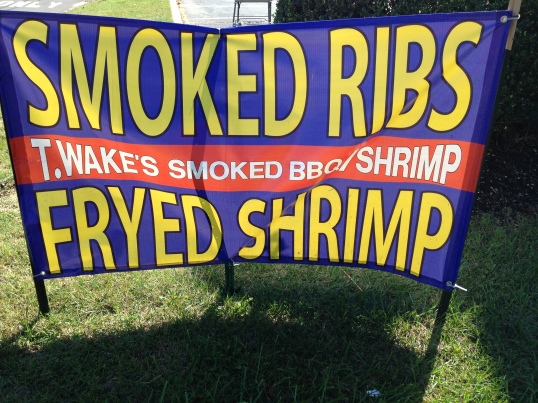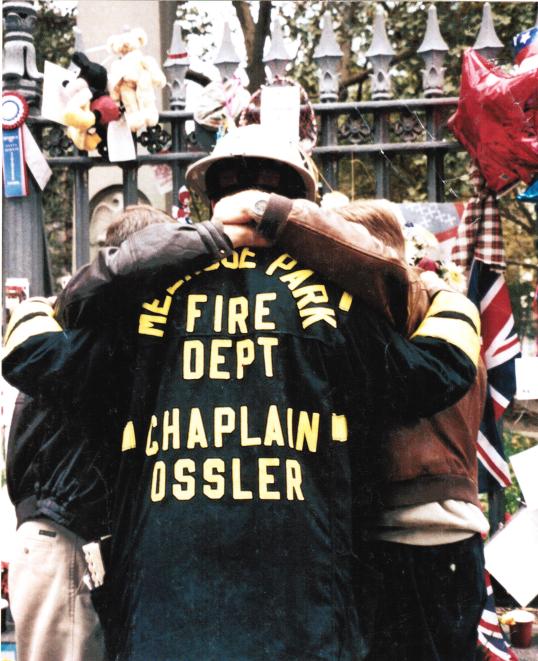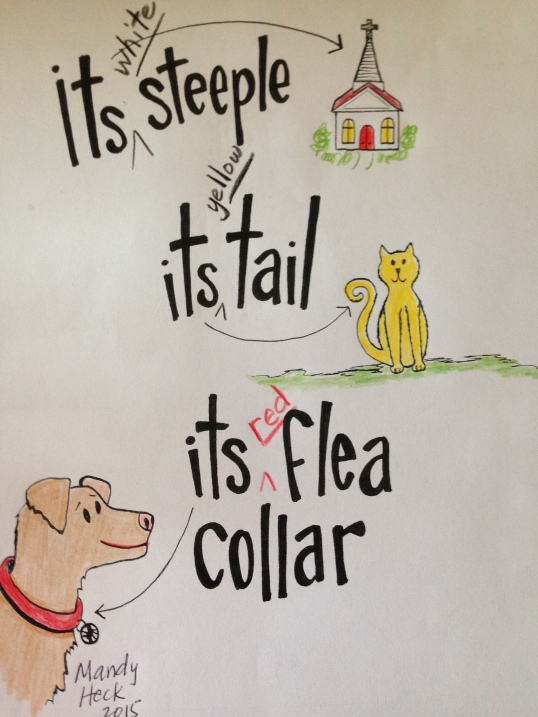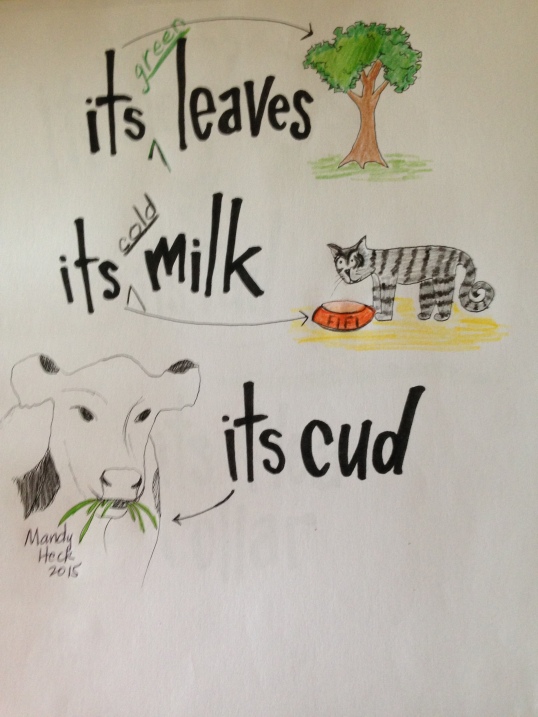Nina Amir came out with a book in 2012 entitled How To Blog A Book. That book sits on my desk now. As Amazon would say, “I am a verified purchaser.”
“Write, publish, and promote your work one post at a time,” Amir suggests.

Great advice. Grab a cup of coffee and go to it.
Amir quotes Professor John Keats: “If you can write an article, you can write a nonfiction book. A nonfiction book is just a series of articles on the same topic strung together.”
Now Jon Morrow has hosted Cathy Preston on his blog, Smart Blogger, (September 1, 2016). Preston writes about this same topic in this excellent and comprehensive post: From Blog to Book: The Simple Strategy Smart Authors are Using in 2016.
Blogging a book is smart. You build up the content over a period of time, and it’s tested by readers. You collect responses and tweak the content when readers toss in good suggestions or challenge you (politely, of course!) on what you have written.
Bloggers, Preston says, have several advantages over wannabe writers: you have a writing habit, and you have developed an audience. She also says that bloggers have one more thing: gumption! Nice to get compliments like that.
But what if you have all that content in your head, and you can’t get it down on paper?![22637410-smart-boy-cartoon[1]](https://janiceheckwrites.files.wordpress.com/2016/09/22637410-smart-boy-cartoon1.jpg?w=538)
Ground Zero Chaplain Bob Ossler had this problem. He has an eidetic memory for details of events, but perhaps because of his eclectic learning style, he has difficulty getting his stories down on paper. We met at a writers’ critique group which my friend Kathryn Ross of The Writers Reverie and I started in May of 2015. Bob came to that first meeting and told us one compelling, jaw-dropping, tear-jerking story after another of his interactions with firefighters, police officers, search and rescue workers, volunteers, and everyday citizens who visited Ground Zero to get an understanding of the magnitude of the terrorist attacks of September 11, 2001…in many cases, to get a bit of closure after losing a loved one in the exploding, crashing towers.
And he told of us his exasperated and failed attempts to write his memories of Ground Zero and September 11 and its aftermath. We had a suggestion for him. Write emails. Write one email at a time about your experiences. He wrote those emails to me, and I became his mentor, writing partner, and editor. The writing group became Bob’s support team and kept the encouragement going strong.
Here’s an excerpt from the preface of our book Triumph Over Terror that tells how we published his book from his emails.
Writing this book was the hardest work I have ever done.
I’m a talker, not a writer. I’m an ordained chaplain, not a psychologist. I love people and want to encourage and support them in times of crisis and need, whenever and wherever the opportunity arises, whatever the mode of communication. And I want to share God’s love and comfort with everyone.
I worked at Ground Zero for five tours of duty in the fall of 2001. My first attempts, years ago, to write about September 11, 2001 and its aftermath ended in torrents of tears, frustration, and failure as recalled events tore open unhealed heart wounds.
Now, fifteen years later, for the 15th anniversary of 9-11, encouraging writer friends pushed me, yes, even lovingly commanded me to write through the pain, not only to bring closure for myself, but to bring God’s message of comfort to others suffering through crises. My friends assured me that my words would encourage others to stand firm in their faith despite heartache and suffering.
“Through sharing our pain,” they said, “we touch the hearts of others. So, write out your memories, and let God use them for His purposes.”
“But I’m not a writer.”
Janice Heck challenged me. “Can you write emails?”
“Yes.”
“Then write emails,” she suggested.
And so, I began to write again.
On this latest attempt, I cried as I wrote out streams of emails, hundreds of them, about random and out-of-order Ground Zero happenings, about memories long buried. These missives soon fell into clusters, then into chapters, then into this book.
Incident after incident from Ground Zero flowed back through my mind in startling detail, releasing long pent-up emotions.
But this book is not a retelling of the sequence of happenings on 9/11. Triumph Over Terror is my reflection on the tragic assault on New York City and our country and how the hearts and minds of those affected by the events suffered, physically, emotionally, and spiritually.
Over time, God helped me and others triumph over this terror to find peace and renewed faith despite the graphic images scrolling through our minds at random times.
Of course, writing Triumph Over Terror was a bit more complicated that that. Bob and I spent many hours together as we rehashed scenes, and I begged him for even more details. At times I felt like I was pouring salt into his newly reopened heart and spirit wounds. Bob shed more tears, but he didn’t quit. He had gumption. He wanted to get his story out, not only to clear his overstuffed mind, but to share his story in the hopes that it might help others going through terrors or trials of their own.
Bob didn’t quite tell the story in sequential order, and sometimes he told three or four stories blended together. We had to revisit stories many times and separate out the details. As he’d read a draft of one story out loud in our meetings, he’d stop and start talking…telling more and more details extracted from the stash in his memory vaults. The startling, jarring, and even shocking details often limited the amount of time we could work. The emotional strain pulled on us both, but primarily on Bob.
With a first draft of a number of chapters in hand, we attended the Greater Philadelphia Christian Writers Conference organized by Marlene Bagnull in August of 2015. There editors, publishers, and other writers gave us feedback on the book and encouraged us to keep working. One publisher, Scoti Springfield Domeij grasped the scope, focus, and intent of the book and encouraged to write more, then submit our new chapters to her company, Blackside Publishing.
Long story short, fifteen months after our first writers group meeting, we ended up with a published book, Triumph Over Terror.
Click here to check out this book on Amazon.
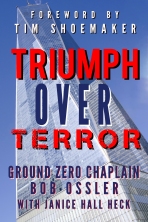
Read another excerpt from Triumph Over Terror here: Fadda, Fadda, Can We Talk. A 9-11 Memory
Visit Chaplain Bob Ossler’s website at www.Triumphoverterror.com to read more excerpt of his book and to find out more about his life’s ventures.
Click here to go to Amazon for How To Blog a Book.
https://smartblogger.com/how-to-write-a-book/?tl_inbound=1&tl_target_all=1&tl_period_type=3&inf_contact_key=c19feab23c5fb2bff1c286ed8382a95e9330e9d641cdedc7a8a7fd3ebae11c91
Posted in
CalendarEvents,
Memoir,
Triumph Over Terror,
writing process,
writing tips and tagged
15th anniversary of 9-11,
9-11,
Blackside Publishing,
blogging,
email your book,
firefighter stories of 9-11,
Greater Philadelphia Christian Writers Conference,
grief,
Ground Zero,
How to Blog a Book,
Jon Morrow,
Marlene Bagnull,
mourning,
Nina Amir,
Scoti Springfield Domeij,
September 11 2001,
terrorist attacks
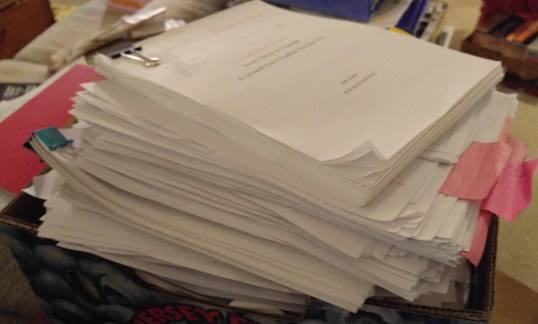




![22637410-smart-boy-cartoon[1]](https://janiceheckwrites.files.wordpress.com/2016/09/22637410-smart-boy-cartoon1.jpg?w=538)

